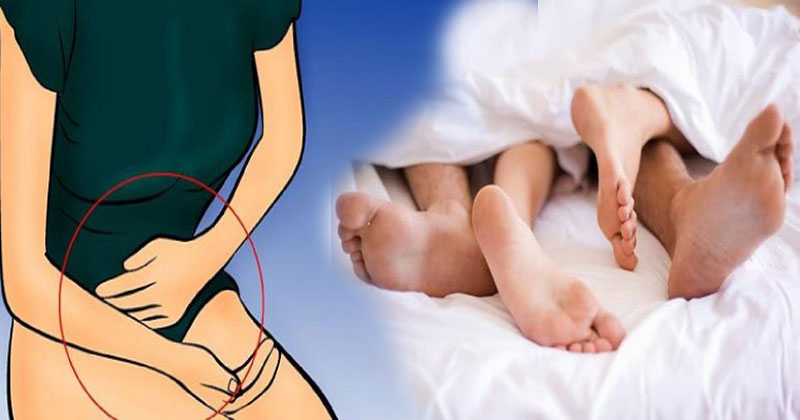
If this fungus begins to grow uncontrollably, it may lead to a yeast infection. Intercourse introduces bacteria from your partner’s finger or penis into your vagina’s ecosystem of bacteria and Candida. Sex toys can also transmit it. This disruption may be enough to trigger a vaginal yeast infection.
At least one study has shown that receiving vaginal oral sex increases your risk of vaginal yeast infections.
That’s because oral sex introduces bacteria and Candida from your partner’s mouth, tongue, and gums to your vulva. This includes your vagina, labia, and clitoris.
Your risk for infection increases if your partner has oral thrush.
If your partner goes on kiss or lick other parts of your body, these bacteria and fungi can spread elsewhere. This includes your mouth, nipples, and anus.
What else causes vaginal yeast infections?
Although it’s possible to transmit a yeast infection through vaginal intercourse, you may be more likely to develop a yeast infection as a result of:
- irritation from wearing wet or sweaty clothing
- using fragrant cleansers on or around your genitals
- douching
- taking birth control pills, antibiotics, or corticosteroids
- having a weakened immune system
- having high blood sugar or untreated diabetes
- pregnancy
- breastfeeding
Wearing breathable cotton underwear can help ease discomfort while you wait for your symptoms to clear. Taking warm baths with Epsom salt may also help relieve itching.
Once you’ve started treatment, your yeast infection should clear within three to seven days. Make sure you continue the full course of treatment to ensure the infection has completely cleared.
If your symptoms persist, see your doctor or other healthcare providers. They can confirm whether your symptoms are the result of a yeast infection and prescribe an oral treatment or stronger antifungal suppository.
How to reduce your risk for future yeast infections
You can reduce your risk for vaginal yeast infections by using a condom or dental dam to minimize the spread of bacteria during sexual activity.
This can also reduce your partner’s risk of developing an oral or genital yeast infection.
You may also minimize your risk if you:
- Wear breathable cotton undergarments.
- Wash thoroughly after activities where you’re submerged in water.
- Avoid using perfumed soaps or other hygiene products on your genitals.
- Avoid douching.
- Take a daily probiotic supplement.
- Cut down on carbohydrate- and sugar-rich foods.
- Eat more Greek yogurt, as it contains bacteria that keeps yeast at bay.

Post Your Comments